In recent years, as more and more people have learned about the ‘exotic’ world of wine, drinking wine has come to be regarded not so much as a question of status or even ‘one-upmanship’, but something to be enjoyed and studied.
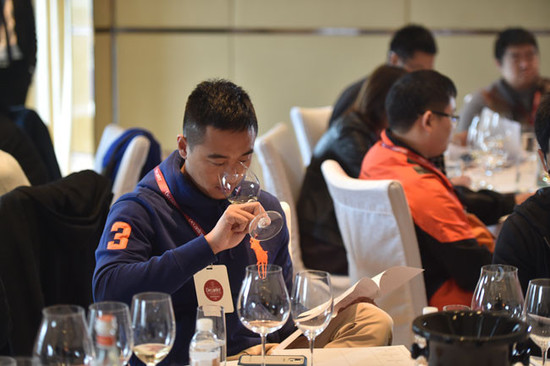
More and more drinkers are not just looking to taste wine but want to become experts. But is wine tasting a technical skill or art or both? And how does one improve at it?
This can be achieved through a series of exercises to increase your awareness of what is in the glass.
To do this type of exercise, you don’t necessarily need to blind taste. Release your senses and through appearance, nose and palate, slow tasting and differentiating, you can improve your tasting skills.
1. Understand how oak influences a wine
There are many factors that influence the taste and mouthfeel of a wine. But it’s easier to learn about oak influence first using whites rather than reds.
I would suggest getting two whites that come from the same area and same producer to compare. In class, I often use Shanxi’s Grace Vineyard’s entry level and reserve level Chardonnays to do this. Not only are they easy to buy in China but they are very representative of two different oaking levels (no oak and new oak) - they are also great value for money!
Outside China, you could also look into Burgundy.
Pick a reputable winery, then buy both a regular level ‘Bourgogne’ white and a higher level Commune or 1er Cru like a Meursault or Puligny-Montrachet (Village or 1er Cru), which will have seen more time in oak (with a proportion of definitely new oak). Compare these two wines and learn about complexity and the layers of oak: new oak (vanilla and spice), barrel ageing (nuts and sweetness) and lees (more on that later!) Spain is also a good place for this kind of comparison, especially but not exclusively for reds.
You can do the same exercise with Ribera del Duero or Rioja. Pick a winery, then buy different levels of wine – like one Joven and one Reserva or even a Gran Reserva. Again, taste them carefully, slowly and tease out the differences: the Joven will have little or no oak, the Reserva at least a year, and the Gran Reserva at least 2 years (of oak aging). You can taste this as the fruit is generally dominated by the oak by the two years of oak ageing.
No matter what, it’s quite important to pick wines from the same winery. This is because they are made in a similar style, but are still comparable. If you get wines from 2 different producers, then perhaps one has French oak and the other American, then you have yet another factor to confuse you.
2. How to understand lees influence.
Not many of my students are good at noticing lees. However, there are ways to help you understand how to detect lees influence.
Take two Chablis from the same producer: one of a lower level, like a Petit Chablis, and one that is a Premier Cru or, even better, a Grand Cru. Compare the wines: the first should be simpler but fresher, the second will be richer, rounder and more complex – this is from some degree of lees contact. They will have the same acidity and a comparable degree of fruit, though.
Another way of understanding lees is through examples of wine like Champagne (although expensive!). One bottle should come from a small, regular ‘supermarket-type’ Champagne producer (only 15 months ageing on lees) and the other should come from a high quality premium producer like Pol Roger, Bollinger or Taittinger. This contrast will really show different levels of autolysis and hence, levels of yeastiness.
Next installment: more tasting exercises!
Click to learn more about available WSET courses in China>>
All rights reserved by Future plc. No part of this publication may be reproduced, distributed or transmitted in any form or by any means without the prior written permission of Decanter.
Only Official Media Partners (see About us) of DecanterChina.com may republish part of the content from the site without prior permission under strict Terms & Conditions. Contact china@decanter.com to learn about how to become an Official Media Partner of DecanterChina.com.

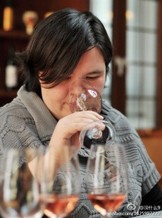
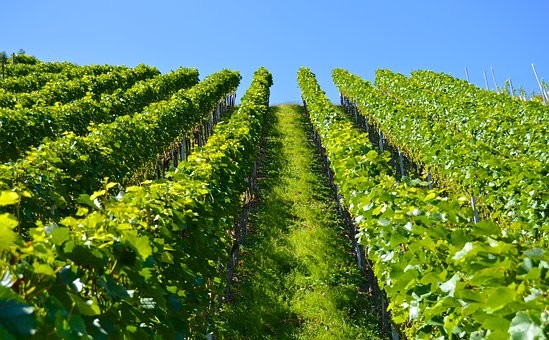
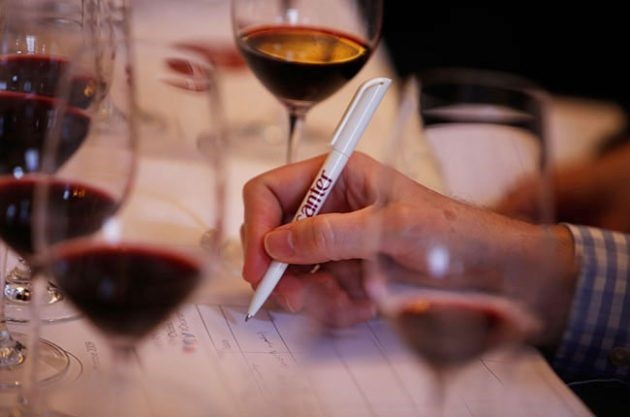
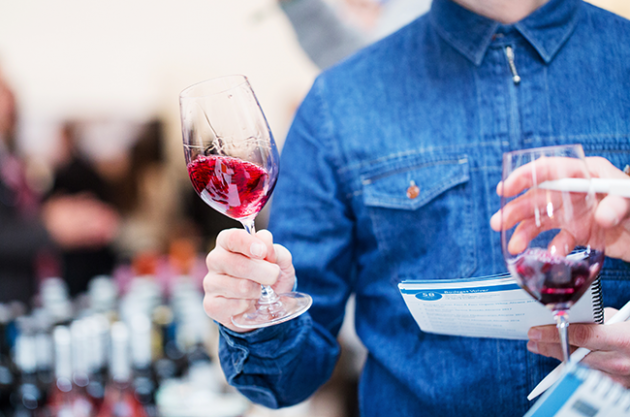
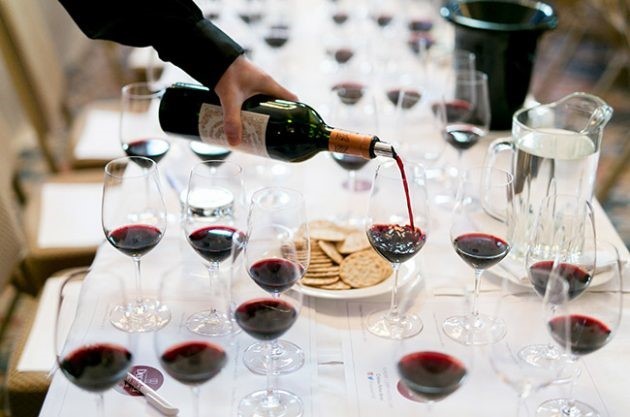
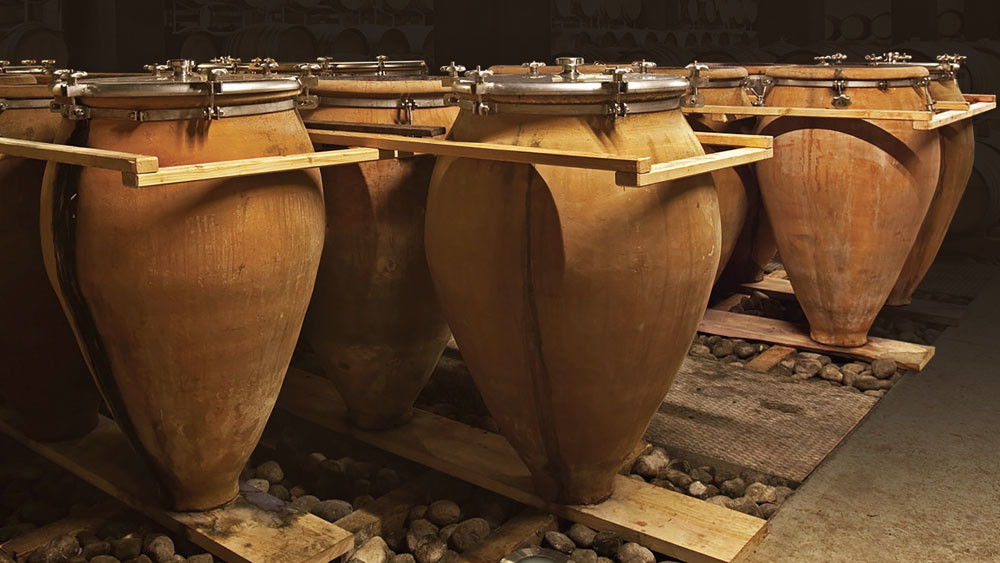
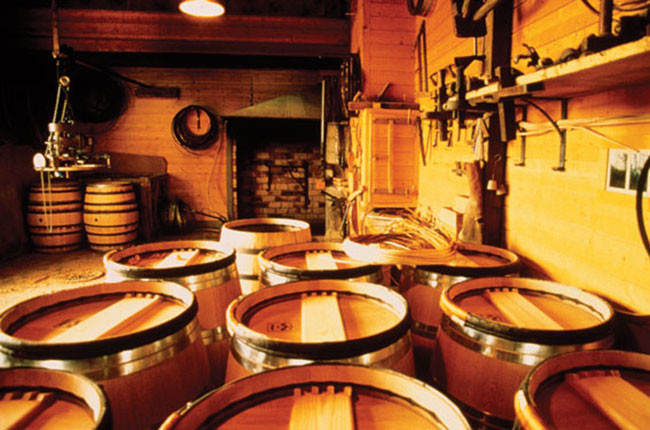
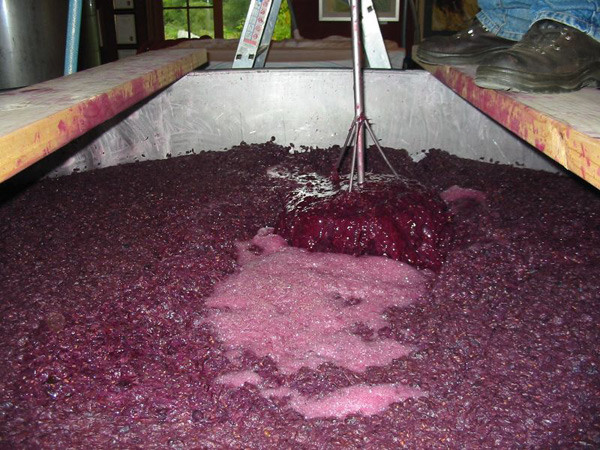

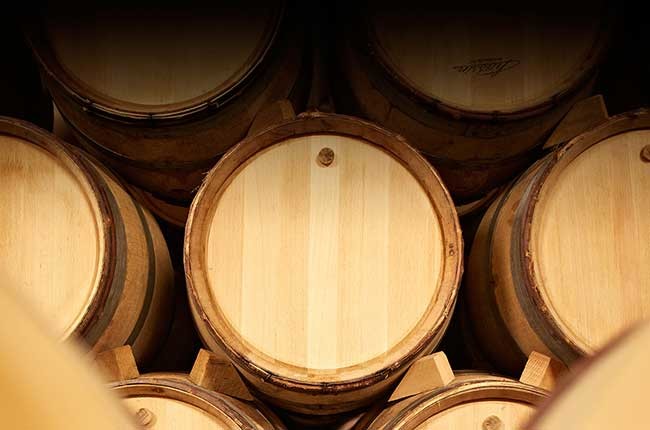
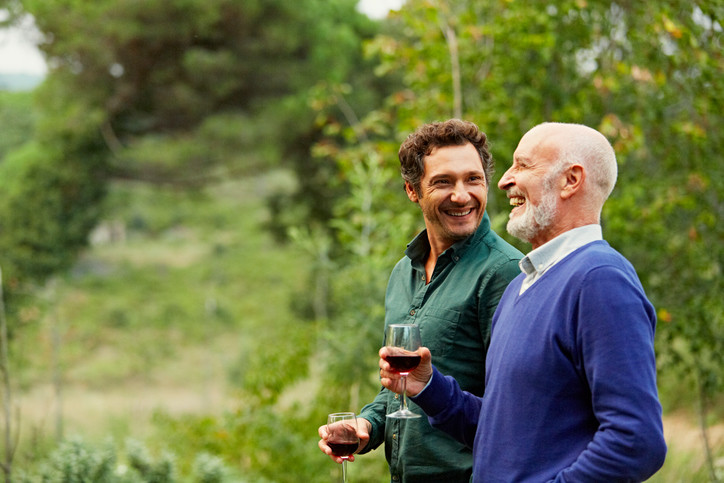
Comments
Submit